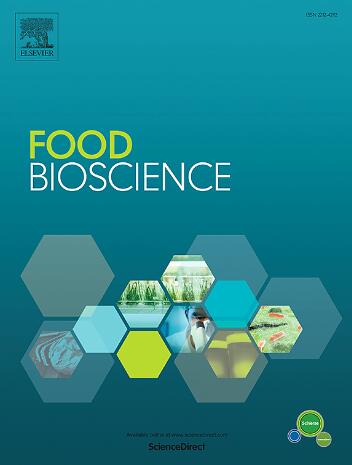Research advances on the astringency mechanism and its regulation based on macromolecular interactions with salivary proteins using tribology
IF 4.8
1区 农林科学
Q1 FOOD SCIENCE & TECHNOLOGY
引用次数: 0
Abstract
Astringency is one of the most complex sensations originating from the interaction between foods containing astringency substances (such as polyphenols) and salivary proteins. Despite being considered as a tactile response, the specific physical processes responsible for astringency and sub-qualities remain controversial. “Tribology” conducted in a simulated oral environment is a potential method for quantifying astringency. The article systematically reviews the technique of oral tribology used to study and understand astringency, including the instrumentation, influencing factors, and its correlations established so far with both the total astringency and sub-qualities. The methods of regulating astringency, especially from the tribological perspective, have also been discussed. Oral tribology can provide important information for astringency, including mechanism understanding, sub-qualities differentiation, and astringency prevention, demonstrated by the quantitative or qualitative correlations established. However, it still requires further innovation and development, including simulating real oral conditions and the sequence of events at each stage of astringency perception development with the combination of analyses by multiple technologies. The recently proposed hypothesis of the coexistence of friction and the molecular mechanism is a promising one of astringency perception. And the most promising approach for reducing astringency appears to be the utilization of polysaccharides, although further exploration is required.
求助全文
约1分钟内获得全文
求助全文
来源期刊

Food Bioscience
Biochemistry, Genetics and Molecular Biology-Biochemistry
CiteScore
6.40
自引率
5.80%
发文量
671
审稿时长
27 days
期刊介绍:
Food Bioscience is a peer-reviewed journal that aims to provide a forum for recent developments in the field of bio-related food research. The journal focuses on both fundamental and applied research worldwide, with special attention to ethnic and cultural aspects of food bioresearch.
 求助内容:
求助内容: 应助结果提醒方式:
应助结果提醒方式:


